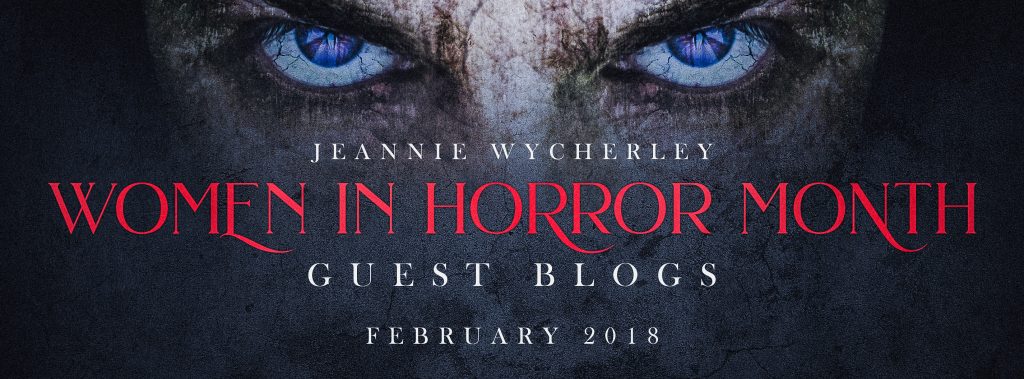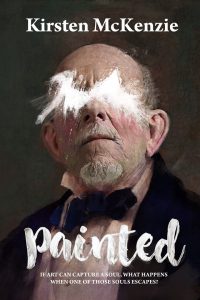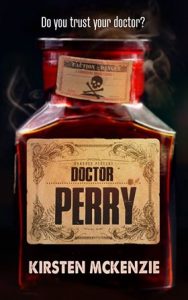The upstairs room at our antique shop isn’t the sort of room you go into with the lights off. And it’s not the sort of room you go into at night, on your own. However it is the sort of room which lends itself to inspiring horror novels, and that’s exactly how Painted started.
I started out writing historical fiction, loosely based on my family’s antique store — a meandering series of rooms, upstairs and downstairs in an old 1920s brick fronted store, and the imagined stories behind the stock that came into the shop. After writing two full length novels in the Old Curiosity Shop series, I took a break from the complex research I had to do to ensure my facts were right for my historical fiction readers. During that break I turned my hand to horror, which I thought would be far easier to write, using the old framed artwork at our shop as inspiration. The haunting eyes of the old portraits stacked upstairs whispered away me, nagging at me to write their story. How did they get in their frames? Did they want to stay in their frames? And the words started flowing.
They say write what you know. Easy, I know antiques, I know old frames, and I know old homes filled with collections assembled over a lifetime. In the case of Painted, I began with a collection of old portraits and worked from there writing about an auction house cataloguing the deceased owner’s collection of art and antiquities, weaving in some of my own darkest fears…
On holiday in Egypt in 1996, I was woken in the middle of the night by a man letting himself into my room. My first thought was that there was a fire and someone had come to wake me. Alas no, he was in my room as he wanted to tell me how much I reminded him of his girlfriend. I could smell the alcohol wafting from him but instead of screaming I pulled my sheets up higher and we spoke. He sat on the other bed in the room talking for a while, before he left. I never told anyone in Egypt what had happened. I was traveling alone. What could they have done? And I was too paralysed with fear to do anything sensible at the time. I was fortunate that all he took from me was a hug and a vivid fear of once again waking to a man leaning over me.
As horrifying as the experience was, writing a fictionalised version of it as part of the plot for Painted was cathartic, and the recurring nightmares I used to get have all but disappeared. Whether that particular passage in my book conveys the precise level of fear I was aiming for is for the reader to decide.
I’d hoped that writing horror would release me from deep historical research, but no… for Painted I found myself researching Minton hearth tiles, plant development in winter and the correct terminology for all things oil painting. Writing horror hasn’t been the easy road I’d imagined. I’m working on another horror novel now, Doctor Perry, and have been shocked to find myself suddenly researching technical medical terms and poisonous plants in Florida! How did this happen?! Doctor Perry is set in a retirement home so it is of course filled with antiques…
I have succumbed to the idea that all my books will bend towards antiquities and will thus require a certain level of research, the horror novels as well as the historical fiction ones. But I also firmly believe that all books need a touch of truth to them, as truth is always scarier than fiction.




What an interesting post. Truth is always more interesting, if not scarier, than fiction.